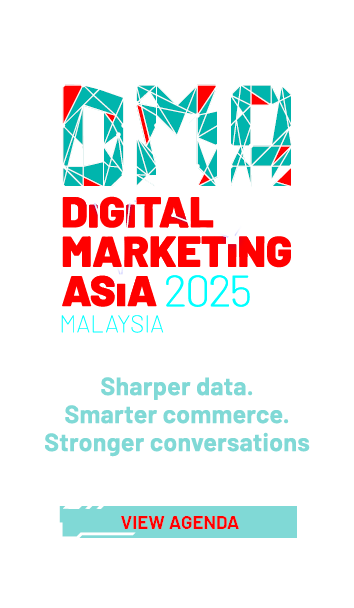



4 technology trends in a COVID-19 world
share on
This post is sponsored by Infinity Core.
With the COVID-19 pandemic raging across our planet, consumer behaviours have altered drastically. Shoppers are forced to turn to eCommerce platforms to acquire their needs and desires, much to the detriment of brick-and-mortar stores.
Society at large has also developed a caution against attending crowded gatherings and events where the contagious virus can spread more easily. Moreover, due to countries going into coronavirus lockdowns, and new restrictive safe-distancing measures being implemented every so often, connecting with consumers through offline events has become increasingly difficult. Brands and advertisers are racking their brains hard to conceive strategies to attract shoppers back to their offline stores.
Is digital transformation the solution?
Everyone is now digital. Food and beverage establishments have transitioned to online ordering, aided by third party delivery services. Banks have pivoted to remote sales and service teams, and launched digital outreach to customers to make flexible payment arrangements for loans and mortgages. Numerous schools have shifted to digital learning and online classrooms. The list goes on.
Quite clearly, a digital transformation is what brands and companies have to undergo to remain competitive and stay connected to their target audience. Amid the COVID-19 pandemic, four major technological trends have been identified:
1. Gamification through microsite games, web application, and augmented reality
Gamification is about adding game mechanics into traditionally non-game environments such as websites, online communities, or business’ intranets to increase participation. With mobile use for online shopping and gaming becoming more prevalent in Southeast Asia, many brands have applied gamification campaigns to interact and reward customers. For instance, KrisFlyer Singapore Airlines launched a series of microsite games to entice its loyal customers to participate, with attractive prizes (Kris Flyers Miles) to be won.
2. Increased popularity of contactless solutions for a health-conscious society
It is a truism that COVID-19 may spread through the droplets and airborne particles that are formed when an infected person coughs, sneezes, sings, talks or breathes. These droplets can also land on surfaces and objects and be transferred by touch. As a result, technology developers are using a combination of artificial intelligence, face recognition, and other technologies to create self-service devices for consumers to order and buy necessities without as much social or physical interaction.
The most common solution involves using a QR code that can be scanned by the personal device and used to gain control of the kiosk by accessing a website or app that is securely connected to the kiosk software. Allowing consumers to use their personal devices to control a self-service kiosk remotely minimises person-to-person contact between employees and customers, while also keeping those customers safe when it comes to transmitting pathogens on a shared kiosk.
3. Growing demand for virtual events
COVID-19 proved that not only are virtual events possible for large groups, but they can also be engaging. Virtual events are now highly advanced, many of which encompass features such as event registration, live video content, an eCommerce platform, and also, games and quizzes. Without the necessity to hunt down and book a venue, purchase refreshments, or book accommodation for attendees, virtual events are also much easier and cheaper to organise. A good case in point was the Singapore Fintech Festival 2020 that went digital last year.
4. Revitalising shopping experiences with O2O commerce
O2O can mean either online-to-offline or offline-to-online, indicating a two-way flow between the online and the physical world. It is a business strategy that incorporates online marketing techniques with those used in brick-and-mortar marketing.
A prominent O2O example was the Yale Smart Shop #takeiteasy Activation Campaign that recently nabbed a bronze award for the Best Use of Mobile Integration at the Mob-Ex Awards 2020, and another bronze award for the Most Effective Use of Apps/Mobile at the MARKies Awards 2020.
Infinity Core was the interactive digital agency that partnered with Yale for this activation campaign. The campaign was designed to communicate an emotional message that Yale could provide a worry-free environment for its users through its smart home security solutions.
First, a gamified augmented reality (AR) experience was developed on a microsite. Using AR and QR codes, the microsite enticed participants to visit the store and encouraged them to experience the different zones to learn about the smart Yale products. The Yale Smart Shop was divided into four AR-applied zones, with the first three zones providing a hands-on product experience, and the fourth zone featuring a Doors of Fortune lucky draw where shoppers could win Yale gift vouchers, Yale souvenirs, and Yale smart door locks.
The gamified AR campaign was hugely successful, reaching more than 70,000 people and creating nearly 90,000 impressions on social media within a short time frame of five days. The number of smart products sold by Yale increased by 132% as compared to February’s figures, and sales were up 98% in March.
Conclusion
https://vimeo.com/473738742
The COVID-19 crisis has drastically changed how and what consumers buy, thereby accelerating numerous digital developments across numberless industries. Brands that recognise these changes and adapt accordingly will survive and flourish, whereas an inability or unwillingness to adapt will leave businesses floundering.
Having a forward-thinking and progressive mindset will go hand-in-hand with creativity to help brands stay afloat amid COVID-19, on top of remaining competitive and active within the current business landscape. If you have not done so already, take a leap of faith and begin your digital transformation journey today.
share on
Free newsletter
Get the daily lowdown on Asia's top marketing stories.
We break down the big and messy topics of the day so you're updated on the most important developments in Asia's marketing development – for free.
subscribe now open in new window
